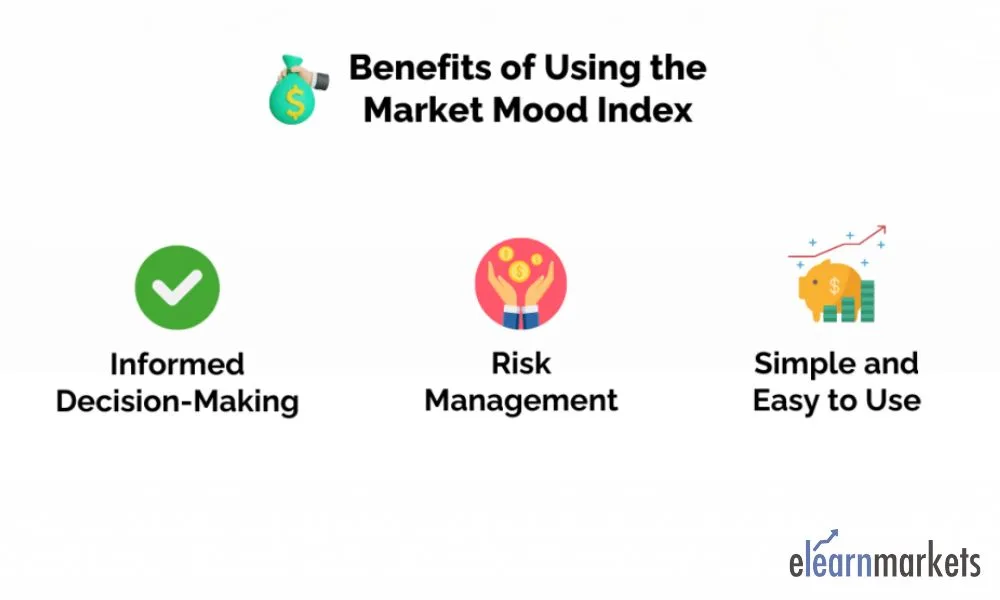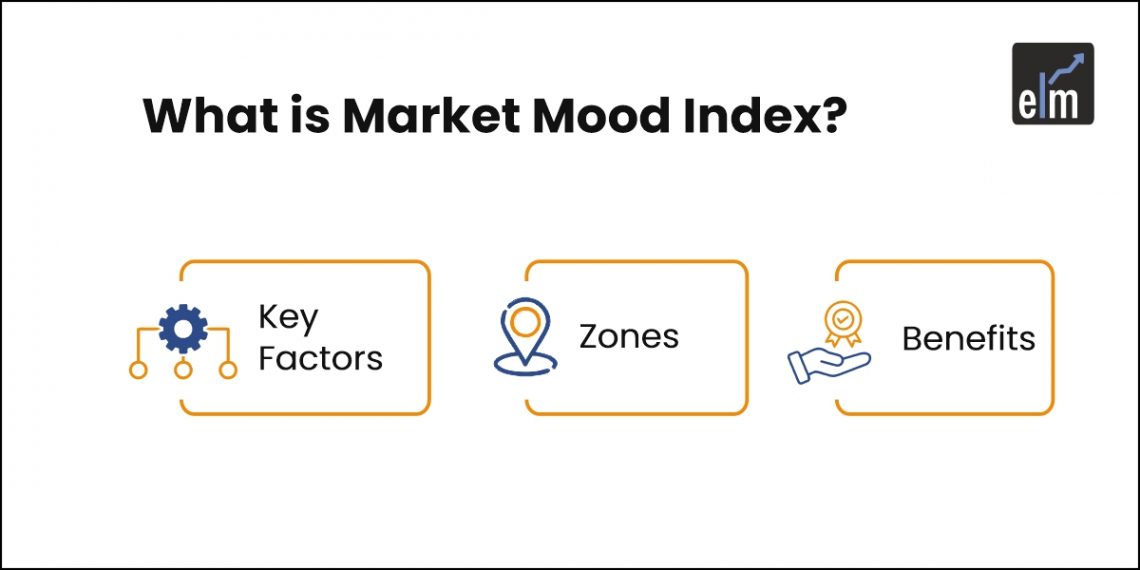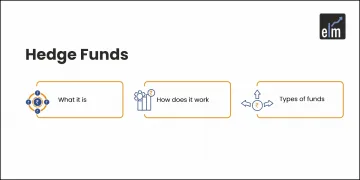Key Takeaways
- Market Mood Index (MMI): MMI reflects the overall emotions driving the stock market, from extreme fear to extreme greed, helping investors gauge sentiment trends.
- Contrarian Indicator: High fear levels often signal a potential buying opportunity, while high greed levels may indicate that the market is overheated.
- Key Influencing Factors: MMI is shaped by momentum, volatility (VIX), FII behaviour, and price strength, offering a complete view of market psychology.
- Zone Classification: The index ranges from 0–100 — below 30 shows extreme fear, 30–50 fear, 50–70 greed, and above 70 extreme greed.
- Practical Benefits: MMI helps investors manage risk, time their trades better, and identify potential buying or selling opportunities based on market mood.
The Market Mood Index (MMI) is an indicator of the dominant emotions in the stock market.
MMI assists in gaining insight into the psychological conditions of market participants by analyzing measurements and data points.
This indicator acts as a contrary indicator. Extreme fear and extreme greed are among the emotions represented in the MMI index.
Extreme fear on the MMI shows a high degree of pessimism among investors, suggesting a possible asset price rise.
On the other hand, if the MMI shows strong greed, it suggests that investors are bearish, which may reduce asset prices.
By monitoring the MMI, you can obtain important insights into market sentiment and improve the decision-making process regarding your investing strategy.
How to Interpret the Market Mood Index?
An indicator that will assist traders in understanding the general sentiment of the market is the Market Mood Index.
Additionally, this is shown as a number value between 0 and 100.
What is the market mood index for today, then?
The market is neutral if it is 50; if it is less than 50, there is a bullish sentiment. In addition, the market is displaying bearish sentiment when the indicator is above 50.
Factors Affecting the Market Mood Index (MMI)
Here are the Factors affecting the Market Mood Index (MMI):
1. Momentum
Momentum is determined by dividing the difference between the Nifty 50’s 30-day and 90-day exponential moving averages (EMAs) by the 90-day moving average. An uptrend is indicated by a positive momentum value, whilst a decline is shown by a negative value.
2. Market Volatility
The implied volatility of one-month Nifty 50 options is represented by the India VIX index, which is used to assess volatility. The difference in the implied volatilities (IV) of the Nifty 50’s out-of-the-money (OTM) put, and call options are used to compute skew.
When the VIX is high, it means that market participants are anticipating more volatility and risk. Although volatility indicates the anticipated movement of the market, skew indicates the direction of this movement. There is a greater likelihood of downward movement with a higher-than-average skew value and vice versa.
3. Investor Behaviour Patterns
International institutional investors, or FIIs, have a big say in how the market feels. The net open interest of FIIs in Index Futures on the NSE is monitored by the MMI. Above-average readings in this indicator indicate that FIIs have bullish opinions about the market.
4. Price Strength
By deducting the percentage of stocks close to their 52-week high from the percentage of stocks close to their 52-week low, one can calculate the price strength. The net proportion of equities that are close to their 52-week high is given by this computation. Stronger price strength in the market is indicated by higher values.
What are the Zones of the Market Mood Index?
Below are the zones of MMI-
- Fear (30-50): Suggests market caution amid volatility, requiring careful investment decisions.
- Extreme Fear (Below 30): Indicates market pessimism, potentially signalling buying opportunities.
- Greed (50-70): Indicates bullish sentiment and potential overvaluation, prompting cautious optimism.
- Extreme Greed (Above 70): May signal market overheating, advising prudent portfolio adjustments.
What are the Benefits of Using the Market Mood Index?
Let us discuss the Benefits of Using the Market Mood Index:

Risk Management
Investors can adjust their risk exposure and position size in response to the current market sentiment by keeping an eye on the market mood index.
Informed Decision-Making
By identifying potential points of entry and departure in the market, buyers can take advantage of favorable market conditions with the use of the market mood measure.
Simple and Easy to Use
Today’s market mood index might assist investors who are willing to take a risk in identifying potential buy chances during periods of extreme market negativity or selling opportunities during periods of extreme market optimism.
You can visit StockEdge for know much more about market sentiment.
Conclusion
Although the Market Mood Index (MMI) is a useful instrument for gauging sentiment in the market, one should proceed cautiously when interpreting its prediction accuracy. It is important to take into account its limitations and utilize it in conjunction with other indications for informed decision-making, even if it can help with investment decisions and offer insights into prevailing emotions. Because the MMI is constructed using variables including FII activity, volatility, momentum, and market breadth, it provides investors with a thorough picture of market sentiment and the ability to make wise decisions based on the mood of the market.
Frequently Asked Questions (FAQs)
1. What is the market mood index?
An indicator that will assist traders in understanding the general sentiment of the market is the Market Mood Index.
2. How do you calculate the market mood index?
It is calculated by dividing the difference between the Nifty 50’s 30D and 90D exponential moving averages by the 90D moving average. An upward trend is indicated by a positive value, and vice versa.
3. What is the fear and greed index?
The index is based on a range of 0 to 100, where 0 corresponds to extreme fear, 50 to neutrality, and 100 to extreme greed.






